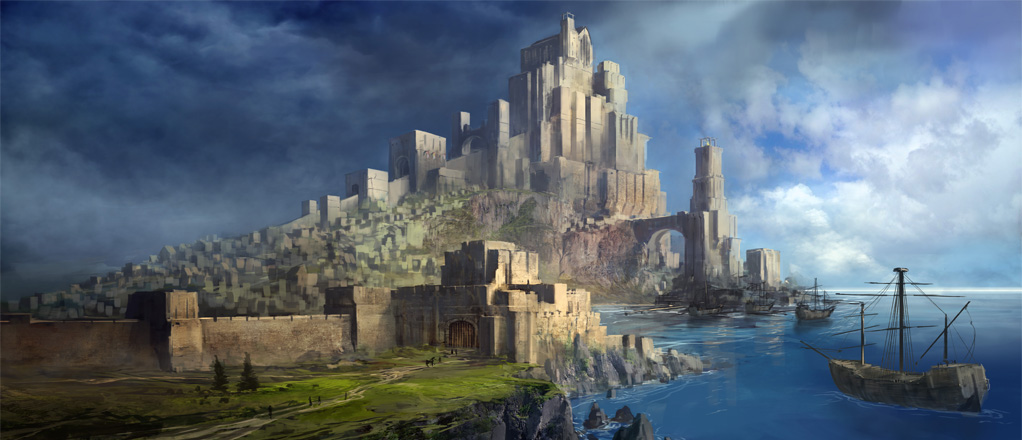Steelwood
Steelwood is a rare wood of druidic origin that can be found in few ancient woods. As the trees made from this wood are near impossible to destroy, they are also called world trees, as they are expected to see the end of the world.
Properties
Material Characteristics
The material has a grainy structure, resembling that of lines in a tree. When processed, it has a rough surface, but can still form a sharp edge.
Physical & Chemical Properties
Steelwood has a burning point higher than the melting point of steel and is as hard. As such it needs to be carved by tools, rather than cast.
Geology & Geography
On the continent of Meplaes, steelwood used to be available in the forests surround Steelgate recent industrialisation have made it near impossible for the trees to continue growing there.
Ortellian Confederacy has some sources of steelwood within its borders.
Origin & Source
A steenwood tree is the source of this material. These trees are nearly impossible to cut down and grow incredibly slowly.
Life & Expiration
Steelwood does not seem to rot, albeit it does atrophy significantly when exposed to highly corrosive substances.
History & Usage
History
The woodelves of the Ortellian Confederacy use this material in coming of age rituals.
Everyday use
Steelwood can be used in place of most metals for structural purposes.
Refinement
A magical ritual and the correct type of woodcarver's tools are needed to carve steelwood into desired shapes.
Manufacturing & Products
The most common use for steelwood is for the production of weapons that last as long as the lifetime of elves.
Hazards
A steelwood fire produces enough energy to cause an explosion.
Rarity
Rare
Odor
Faint smell of charcoal and pine
Color
Dark brown
Boiling / Condensation Point
It burns before it boils. As such, it is never a gas.
Melting / Freezing Point
It burns before it melts. As such it is always solid. (2314 degrees C)
Density
81235 kg/m^3
Common State
Solid
Related Locations
Related Species



Comments